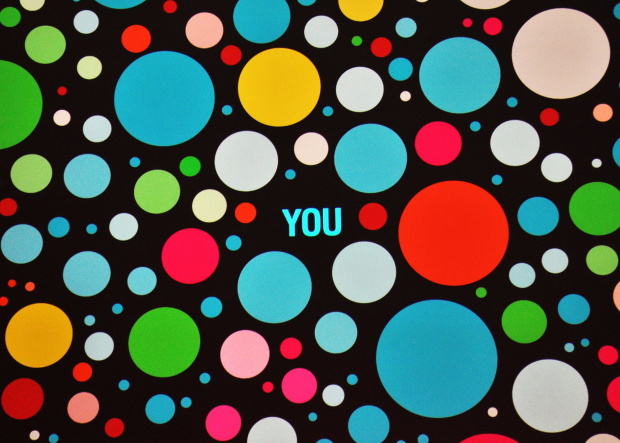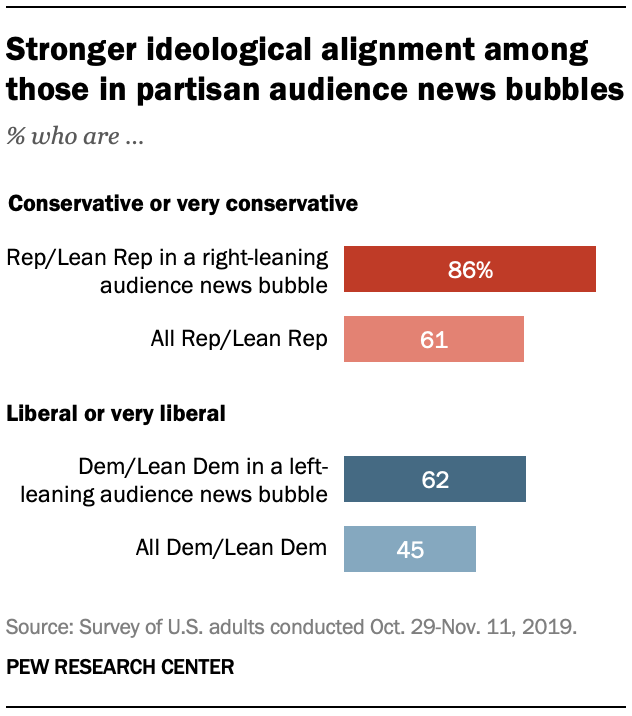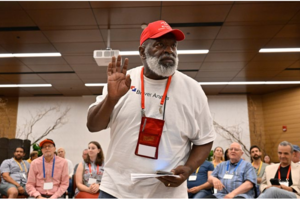Living in a News Filter Bubble During Coronavirus

You stroll into work on Monday, fresh off another much-too-short weekend. As you toss your jacket on the chair, your cubicle neighbor pitches their routine small-talk: “Read the news this weekend?”
Of course you did. But which news?
If you’re like many Americans, you may get your news inside an ideological filter bubble, where you’re only exposed to viewpoints you already agree with. Recent data from Pew Research Center suggests roughly one-fifth of Democrat and Republican news consumers are trapped in a filter bubble, relying heavily on news sources that have predominantly like-minded audiences.
For these bubble dwellers, reading the news from their favorite sources this past Sunday would have painted a polarized worldview in their browser window.
CNN (Lean Left AllSides Media Bias rating):
Fox News (Lean Right bias rating):
(Follow this link for an interactive, side-by-side comparison of how CNN and Fox News covered the day's events.)
As evidenced by the screenshots and highlighted story sections, CNN’s focus over the weekend was on domestic and global coronavirus coverage, with other politics and human interest content mixed in. Fox News concentrated more on Capitol Hill partisanship and 2020 election news, with coronavirus coverage sprinkled throughout.
A similar split was visible in coverage from throughout the spectrum, which is apparent when comparing how the homepages of some other major news outlets looked Sunday.
Washington Post (Lean Left rating):
Washington Times (Lean Right rating):
New York Times (Lean Left rating):
Washington Examiner (Lean Right rating):
Reading the major left-rated media outlets Sunday might have convinced you coronavirus was far and away the day’s most important story, while reading only right-rated outlets might have given you the impression that 2020 election developments and campaign rhetoric were most pertinent. All of that information is relevant and applicable in some fashion, but by relying on one perspective or another, readers deprive themselves of the full picture.
According to Pew, people in partisan news bubbles also show a tendency to identify more strongly with a given political ideology. This could mean filter bubbles breed confident ignorance, entrenching people more deeply in their beliefs while distancing them from the other side of the discussion.

Consuming news solely from cable news networks is another issue, and an example of a more focused echo chamber inside a larger one: twenty-one percent of left-leaning bubble dwellers mainly get news from CNN's TV and online content, while 70% of their right-leaning counterparts name Fox as their primary source. And while left-leaning news consumers in general tend to get news from a mix of sources in TV, radio (NPR) and print (New York Times), Fox is far and away the right’s leading choice.

Regardless of the subject or topic at hand, cable and network news outlets focus more on conversation, speculation and made-for-TV content than traditional journalism and news-gathering. It may be good entertainment, but it’s rarely the way to adequately inform Monday morning small-talk.
So what’s the solution to these filter bubbles? Dodging click-bait and getting news from multiple perspectives.
While partisans tend to gravitate toward partisan news content, balanced sources like AllSides draw readers from across the spectrum. A recent analysis of AllSides readers shows roughly 40% identify as politically independent, with the remaining 60% split evenly between self-identified leftys (30%), rightys (25%) and the unsure (5%).
Break from the typical polarized news cycle and add some new sources to your news diet. Go back and read something you were initially inclined to skip. Seek out uncommon stories you would never find otherwise. When friends or colleagues ask for your take on the day’s news, you’ll be glad they did (and so will they).
All screenshots were taken at roughly 1:30 p.m. ET, Sunday March 8th. Image: Gisela Giardino/Flickr
This piece was reviewed by AllSides Director of Marketing Julie Mastrine. She has a Lean Right bias.
This piece was reviewed by AllSides Information Architect Samantha Shireman. She has a Lean Left bias.
This piece was reviewed by AllSides President and Co-Founder John Gable. He has a Lean Right bias.

April 19th, 2024

April 19th, 2024

April 18th, 2024

April 17th, 2024